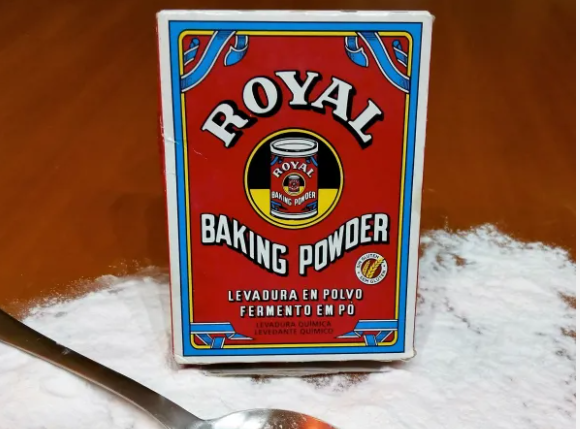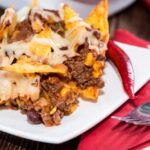One sachet of Royal yeast contains 16 grams of this chemical cooking booster, but if you don’t live in a country where this or a similar brand is marketed, you’ve probably often wondered how many grams are in a sachet of Royal yeast?
 As we are always willing to help you and improve your skills in the kitchen, in this article we are going to explain what yeast is, the different types that exist and the equivalences between fresh and dry yeast in grams and tablespoons so that you become an expert on this subject, and never again have to ask how many tablespoons are 16 grams of yeast.
As we are always willing to help you and improve your skills in the kitchen, in this article we are going to explain what yeast is, the different types that exist and the equivalences between fresh and dry yeast in grams and tablespoons so that you become an expert on this subject, and never again have to ask how many tablespoons are 16 grams of yeast.
What is yeast?
Yeast is a product made up of live bacteria that produces the fermentation of the food where it is placed, together with the other ingredients with which it is mixed, thus increasing its volume. It is normally used in the world of confectionery and pastries to make all kinds of breads, biscuits, cakes, tarts, or all those dough’s that have to rise, such as dough for donuts or doughnuts.
Boosters in the kitchen – Types of yeast:
There are only three types of yeast that we can find on the market, which are fresh or pressed yeast, dry or powdered yeast, and chemical or gasifying yeast:
- Fresh yeast is what is also known as “baker’s yeast” because in the past it could only be found in these establishments. It is usually sold in blocks of pressed yeast and should be stored in the refrigerator or in the fridge to keep well and to prevent the live bacterial culture from dying, as it expires quickly. To use fresh yeast, you have to dilute it in some liquid before adding it to the flour and then leave the desired dough in the open air to ferment and take effect, usually bread dough’s such as baguette with sourdough.
- Then there is the dry or powdered yeast that we can find in envelopes or closed bags that, in reality, is the same fresh yeast that is dehydrated and/or powdered, so it can be used to make the same type of bread or pastry dough as fluffy homemade bread In this case, the expiration period is longer than that of fresh yeast and it can be added directly to the flour without the need to dilute it beforehand. There are also Royal baker’s yeast sachets on the market.
- And finally there is the chemical yeast, which is not really a yeast itself because it is not made up of living bacteria, but rather chemical drivers made up of gasifying salts (mainly bicarbonates) mixed with other components, which what they do is to increase the masses by releasing the gases in contact with a heat source, usually in the oven. In this type of yeast we would find the Royal yeast or the well-known baking powder or baking powder that, despite what many thought, cannot be considered natural yeasts.
The difference between natural and chemical yeasts is that the former act before baking because the fermented bacteria die when they reach a temperature of 50ºC, and that is why the bread dough must be fermented before putting it in the oven. On the other hand, the chemical yeast has its effect in the oven thanks to the increase in temperature that releases the gases of its composition and increases the product that we are preparing. For this reason, this type of yeast is not suitable for making bread, but it can be used for any confectionery or pastry product.
Equivalences between fresh yeast and dry yeast
If you want to prepare bread and you don’t know how many grams are in a sachet of fresh yeast or how many tablespoons are 16 grams of dry yeast, in this table you have the equivalences between fresh yeast and dry yeast:
And 16 grams of yeast in tablespoons?
If you already know how many grams are in a sachet of Royal yeast and you want to know how much 16 grams of yeast are in tablespoons to finish knowing everything about these raising agents, the answer is 1 full tablespoon or 3 teaspoons of tea or coffee.



